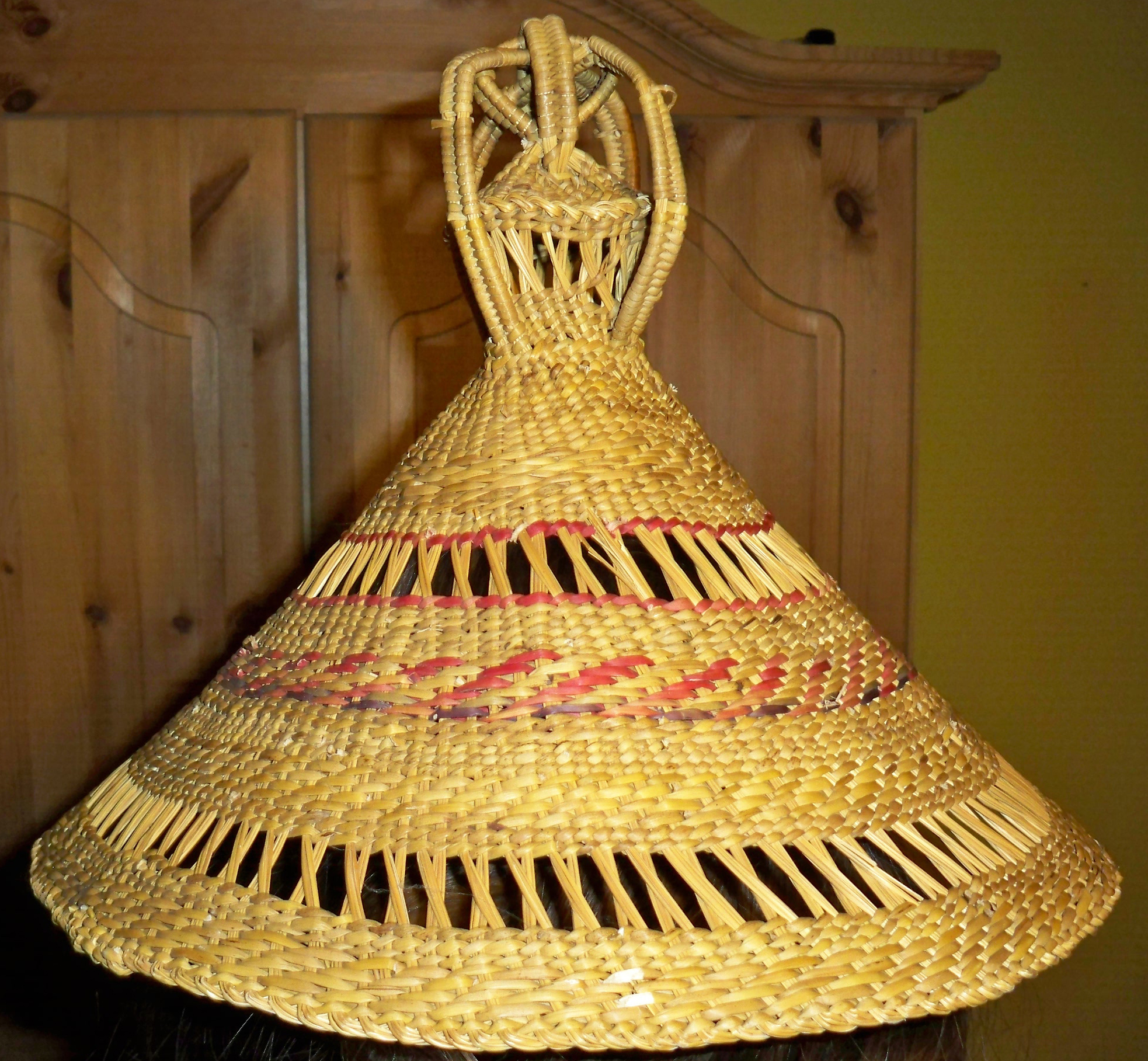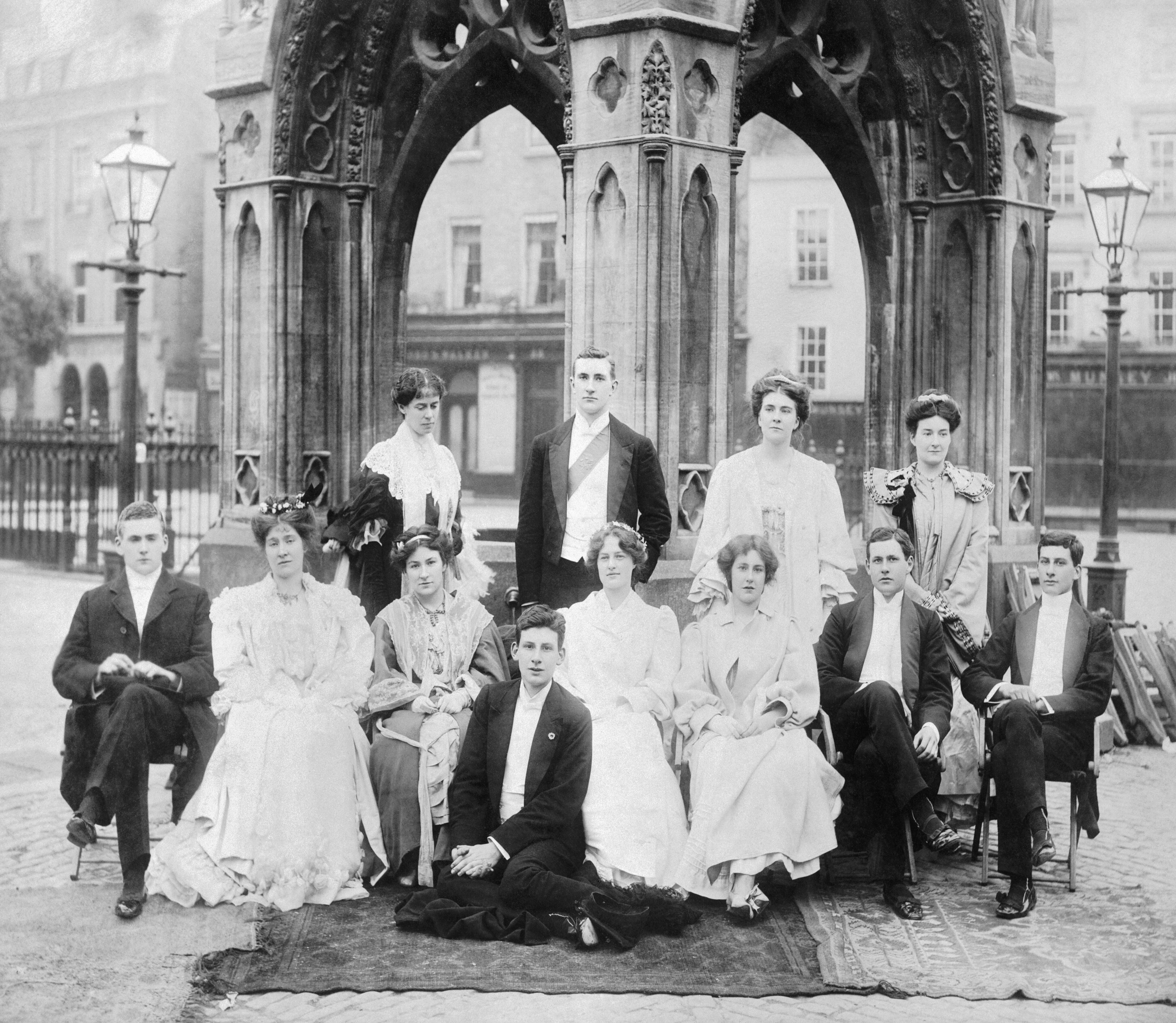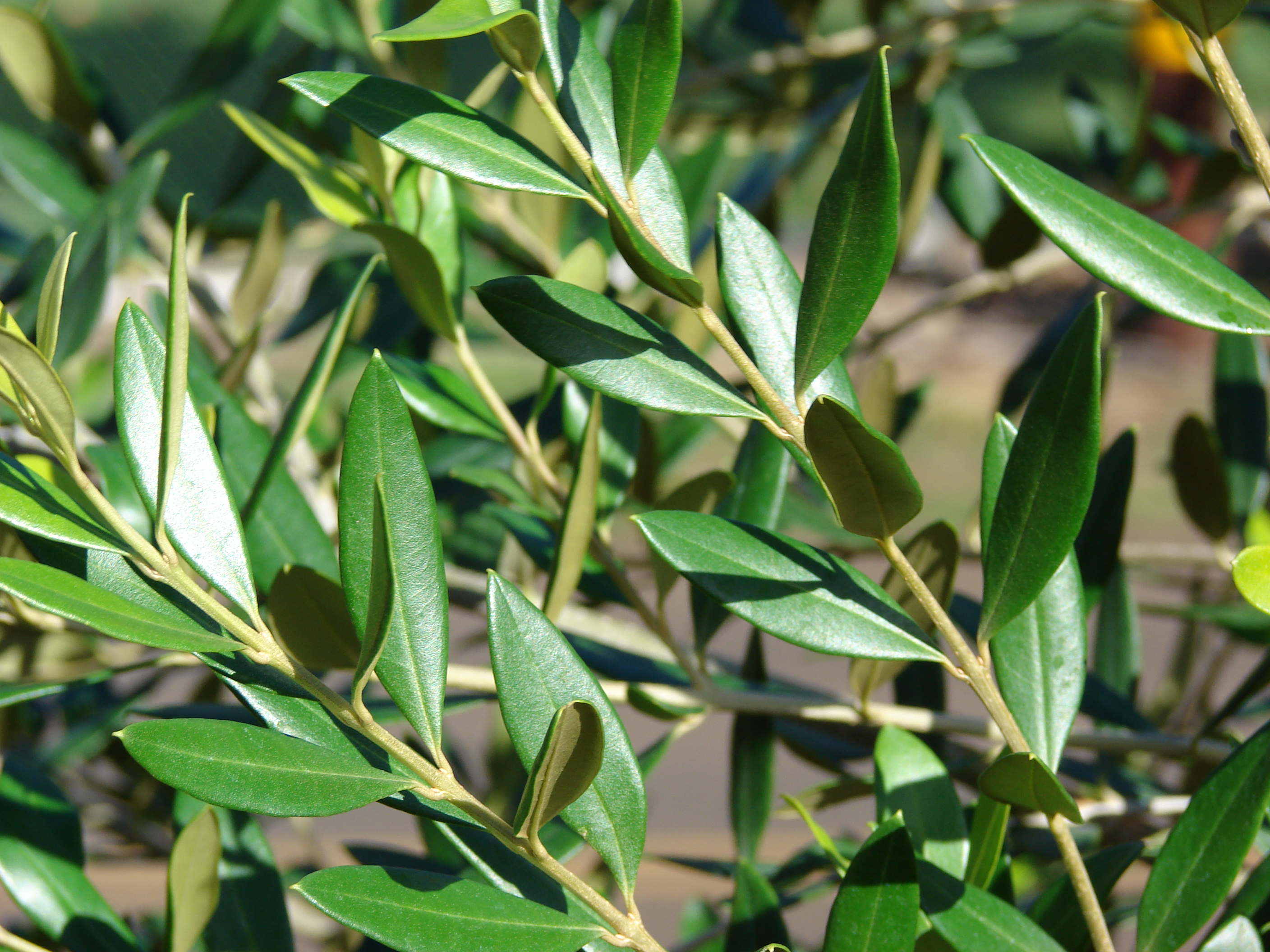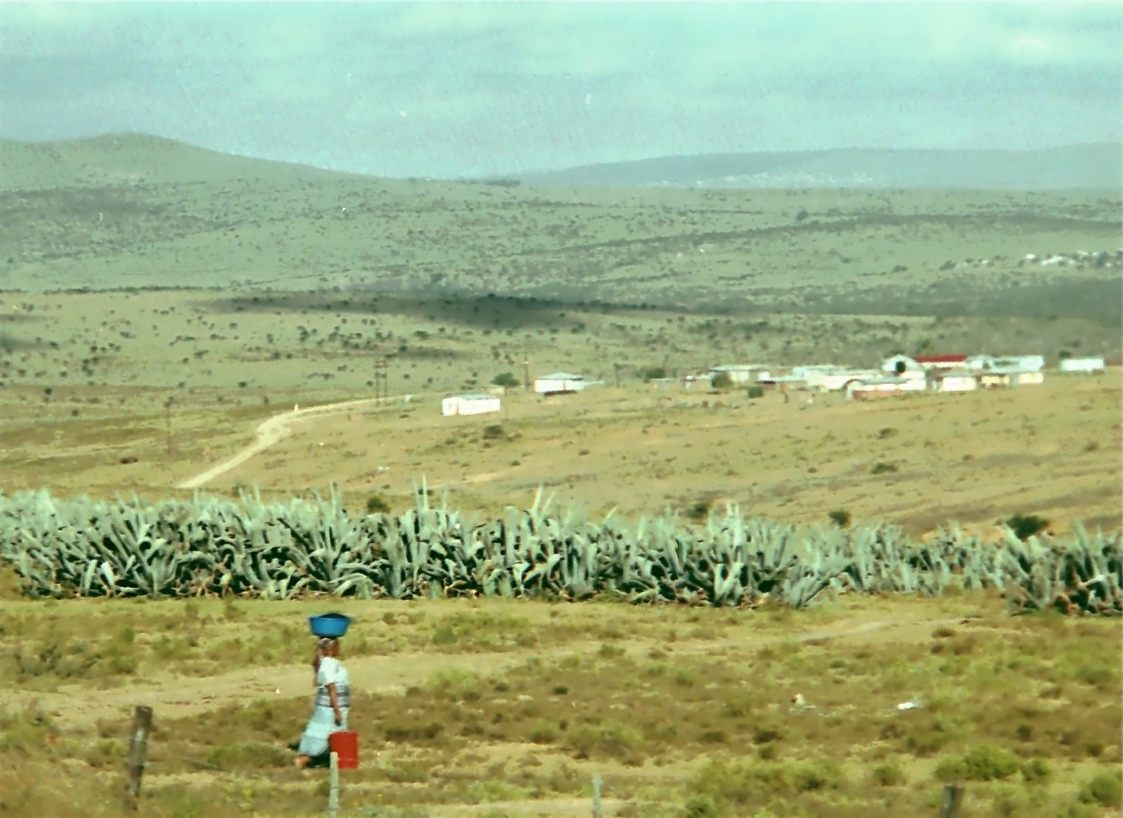|
Knobkierrie
A knobkerrie, also spelled knobkerry, knobkierie, and knopkierie (Afrikaans), is a form of wooden club, used mainly in Southern Africa and Eastern Africa. Typically they have a large knob at one end and can be used for clubbing an enemy's head. For the various peoples who use them, they often have marked cultural significance. Being able to carry the knobkerrie has also had a political dimension, especially in South Africa. Name The name derives from the Afrikaans word ''knop'', meaning ''knob'' or ''ball'' and the Khoekhoe or San word ''kirri'', meaning walking stick. The name has been extended to similar weapons used by the native peoples of Australia, the Pacific islands, and other places, and was also used in the British army. Uses in southern Africa and abroad Knobkerries were an indispensable weapon of war both in Africa and abroad. In Africa, the weapon found particular use among Nguni peoples. Among the Zulu people they are known as ''iwisa.'' The iwisa was not typ ... [...More Info...] [...Related Items...] OR: [Wikipedia] [Google] [Baidu] |
Flag Of Lesotho
The current national flag of Lesotho, adopted on the 40th anniversary of Lesotho's independence on 4 October 2006, features a horizontal blue, white, and green tricolour with a black '' mokorotlo'' (a Basotho hat) in the center. The design is intended to reflect a state that is both at peace internally and with its only neighbour South Africa, replacing the old flag design that featured a military emblem of a shield, spear and knobkerrie. Colours The symbolism of the colours is: Construction sheet History 1966–1987 The first flag of Lesotho was introduced on 4 October 1966, the day of Lesotho's full independence from the United Kingdom. It featured a prominent white '' mokorotlo''. The blue stood for sky and rain, the white for peace, the green for land, and the red for faith. 1987–2006 A new flag, designed by Sergeant Retšelisitsoe Matete, [...More Info...] [...Related Items...] OR: [Wikipedia] [Google] [Baidu] |
Order Of Mendi For Bravery
The Order of Mendi for Bravery is a South African civilian honour awarded to South Africans who have performed acts of bravery in attempts to save lives or property. It is granted by the President of South Africa for acts performed by South African citizens anywhere in the world. Instituted on 30 November 2003, it was originally called the Mendi Decoration for Bravery and was renamed as an order on 22 October 2004. The order is named after a World War I troopship, the SS Mendi, which sank after a collision in 1917, killing more than 600 black South African troops. Although it is a civilian honour, it has been awarded to military units, including units involved in rescuing the victims of the 1991 MTS Oceanos wreck and the 2000 Mozambican floods. Classes The Order of Mendi has three classes: * Gold (OMBG), for conspicuous bravery; * Silver (OMBS), for exceptional bravery; and * Bronze (OMBB), for outstanding bravery. Design The badge of the order has the oval shape of a trad ... [...More Info...] [...Related Items...] OR: [Wikipedia] [Google] [Baidu] |
Freedom Park-150
Freedom is the power or right to speak, act, and change as one wants without hindrance or restraint. Freedom is often associated with liberty and autonomy in the sense of "giving oneself one's own laws". In one definition, something is "free" if it can change and is not constrained in its present state. Physicists and chemists use the word in this sense. In its origin, the English language, English word "freedom" relates etymologically to the word "friend". Philosophy and religion sometimes associate it with free will, as an alternative to determinism or predestination. In modern Liberalism, liberty nations, freedom is considered a right, especially freedom of speech, freedom of religion, and freedom of the press. Types In political discourse, political freedom is often associated with liberty and autonomy, and a distinction is made between countries that are free of dictatorships. In the area of civil rights, a strong distinction is made between freedom and slavery and the ... [...More Info...] [...Related Items...] OR: [Wikipedia] [Google] [Baidu] |
Siegfried Sassoon
Siegfried Loraine Sassoon (8 September 1886 – 1 September 1967) was an English war poet, writer, and soldier. Decorated for bravery on the Western Front (World War I), Western Front, he became one of the leading poets of the First World War. His poetry both described the horrors of the trenches and satirized the patriotic pretensions of those who, in Sassoon's view, were responsible for a jingoism-fuelled war. Sassoon became a focal point for dissent within the armed forces when he made a lone protest against the continuation of the war with his "Soldier's Declaration" of July 1917, which resulted in his being sent to the Craiglockhart War Hospital. During this period, Sassoon met and formed a friendship with Wilfred Owen, who was greatly influenced by him. Sassoon later won acclaim for his prose work, notably his three-volume, fictionalised autobiography, collectively known as the Sherston trilogy. Early life Siegfried Sassoon was born to a Jewish father and an Anglo-Ca ... [...More Info...] [...Related Items...] OR: [Wikipedia] [Google] [Baidu] |
Badimo
Badimo (Sotho-Tswana literally meaning "ancestors") is the name for the traditional African practice of ancestor veneration for the Sotho-Tswana people of Botswana, Lesotho and South Africa. Although most Sotho-Tswana people are Christians, in reality a great majority of them follow at least some of the traditions deemed ''Badimo'' even if they are strong followers of another religion as well. The term "Badimo", although usually translated as "ancestors" does not simply refer to people who are now dead, but rather to the "living dead". In the traditional African worldview, deceased ancestors continue to be present and are actively included in the daily life of individuals and tribes. It is believed that when someone dies, they go to live in the underworld The underworld, also known as the netherworld or hell, is the supernatural world of the dead in various religious traditions and myths, located below the world of the living. Chthonic is the technical adjective for thin ... [...More Info...] [...Related Items...] OR: [Wikipedia] [Google] [Baidu] |
Lebollo La Banna
is a Sesotho term for male initiation. ''Lebollo'' is a cultural and traditional practice that transitions boys in the Basotho society to manhood. It is a rite of passage where ''bashanyana or bashemane'' () pass puberty and enter adulthood to become ''monna'' () by circumcision. This practice is primarily found among Basotho men in Lesotho, the Free State and some parts of the Eastern Cape Province of South Africa. In the Free State, the prevalence of traditional male circumcision among the Sotho people is at 57.3%. Despite much criticism directed towards ''lebollo'', there is an increase in the number of boys attending traditional initiation schools in post-apartheid South Africa. This is argued to be due to the resurgence of young men's respect for traditional authority as well as the government support of research reporting reduced risk of HIV infection when circumcised. Many government-based organizations provide clinical circumcision, but many Basotho still opt for circ ... [...More Info...] [...Related Items...] OR: [Wikipedia] [Google] [Baidu] |
Basotho Blanket
The Basotho blanket is a distinctive form of woollen blanket commonly worn by Sotho people in Lesotho and South Africa. History Originally gifted to the then ruler King Moshoeshoe I by a British man known only as "Mr Howell" in the late 19th century, these blankets quickly gained popularity in the Lesotho region. The way that Basotho men wear these traditional blankets is based on the traditional Kaross, an animal skin cloak although their transformation to "factory-woven textile" is attributed to King Moshoeshoe I. By 1860 securing sufficient skins for Karosses was increasingly difficult and by 1872 a large majority of sheepskin covers had been replaced by poor quality cotton or wool. The King secured the production of "special blankets" in 1876 after meeting with Scottish textile manufacturer Donald Fraser. These new blankets were not only sturdier but they could also be fashioned in a way that more resembled the Kaross and they therefore quickly replaced the poor qualit ... [...More Info...] [...Related Items...] OR: [Wikipedia] [Google] [Baidu] |
Olea Africana
''Olea europaea'' subsp. ''cuspidata'' is a subspecies of the well-known olive tree ('' Olea europaea''), which until recently was considered a separate species (''Olea africana'') and is still mentioned as such in many sources. Native to mostly dry areas across sub-saharan Africa, West Asia, the Himalayan region and southern China, it has various common names, including wild olive, African olive, brown olive and Indian olive. It is the ancestor of the cultivated olive and it has been introduced to Australia, New Zealand and the US. It is an aggressive invasive species that can infest dry woodland areas, riparian zones, headlands and dune systems.Olea europaea subsp. cuspidata (wild olive) CAB International. Retrieved 17 January 2022. Description [...More Info...] [...Related Items...] OR: [Wikipedia] [Google] [Baidu] |
Ciskei
Ciskei ( , meaning ''on this side of Great Kei River, [the river] Kei''), officially the Republic of Ciskei (), was a Bantustan for the Xhosa people, located in the southeast of South Africa. It covered an area of , almost entirely surrounded by what was then the Cape Province, and possessed a small coastline along the shore of the Indian Ocean. Under South Africa's policy of apartheid, land was set aside for black peoples in self-governing territories. Ciskei was designated as one of two homelands, or "Bantustans", for Xhosa language, Xhosa-speaking people. Xhosa people were forcibly resettled in the Ciskei and Transkei, the other Xhosa homeland. In contrast to the Transkei, which was largely contiguous and deeply rural, and governed by hereditary chiefs, the area that became the Ciskei had initially been made up of a patchwork of "reserves", interspersed with pockets of white-owned farms. In Ciskei, there were elected headmen and a relatively educated working-class populace, ... [...More Info...] [...Related Items...] OR: [Wikipedia] [Google] [Baidu] |
Lesotho
Lesotho, formally the Kingdom of Lesotho and formerly known as Basutoland, is a landlocked country in Southern Africa. Entirely surrounded by South Africa, it is the largest of only three sovereign enclave and exclave, enclaves in the world, the others being San Marino and Vatican City, which are surrounded by Italy. Lesotho is situated in the Maloti Mountains and contains the Thabana Ntlenyana, highest peak in Southern Africa. It has an area of over and has a population of about 2.311 million. Its Capital city, capital and largest city is Maseru. Lesotho was formed in 1824 by Moshoeshoe I, King Moshoeshoe I. Continuous encroachments by Dutch settlers made the King enter into an agreement with the United Kingdom to become a protectorate in 1868 and, in 1884, a crown colony. History of Lesotho, It achieved independence in 1966, and was subsequently ruled by the Basotho National Party (BNP) for two decades. Its constitutional government was restored in 1993 after seven years o ... [...More Info...] [...Related Items...] OR: [Wikipedia] [Google] [Baidu] |








